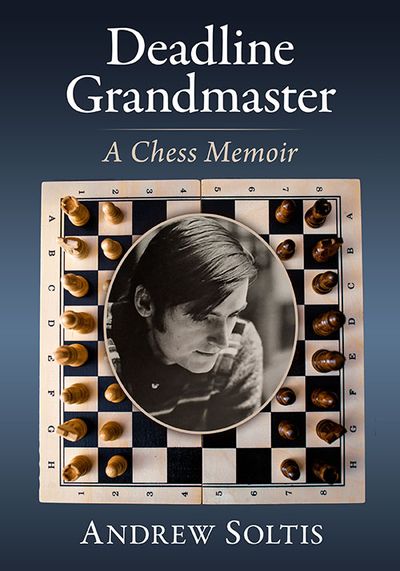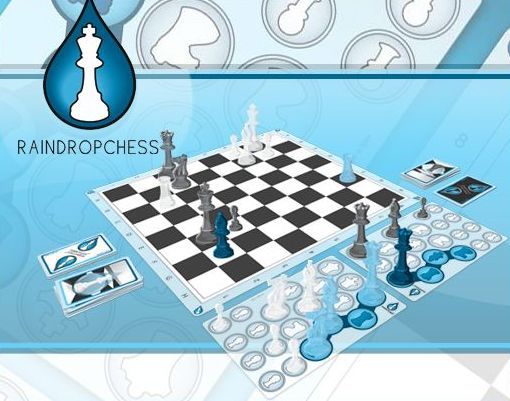As a result of the COVID pandemic there has been a soaring increase in the number of games as players have undertaken rapid and blitz. This increased chess activity has also seen an increasing interest in new ways to play the opening or to refresh old and forgotten lines. One of the openings benefitting from this trend has been the Sicilian O’Kelly which has recently attracted considerable attention. Apart from the surprise value it still carries, especially at the club level, the opening is attractive as it is based on sound Sicilian principles. Those players already familiar with the Sicilian Defence will find the O’Kelly Variation an easy fit into their repertoire.
Count Albéric O'Kelly de Galway The Sicilian O’Kelly is named after Albéric Joseph Rodolphe Marie Robert Ghislain O'Kelly de Galway (pictured), who lived from 17 May 1911 to 3 October 1980. O’Kelly was a Belgian chess grandmaster (1956), an international correspondence chess grandmaster (1962), and the third ICCF world champion in correspondence chess (1959–1962). O'Kelly won the Belgian championships thirteen times between 1937 and 1959. He placed first at Beverwijk 1946. In 1947 he became one of Europe's leading players having finished first at the 1947 European Zonal tournament at Hilversum. He earned the IM title in 1950 which was the first year the title was awarded. In his youth he took lessons from the legendary Akiba Rubenstein.
For many years O’Kelly was a strong grandmaster in both over-the-board and correspondence play. During the 4th Capablanca Memorial (Havana, 1965) he drew with Black against future world champion Robert Fischer using a Ruy Lopez Marshall
Attack. In that tournament Fischer famously played his games by telex from the Marshall Chess Club in New York.
O'Kelly descended from John O'Kelly, an Irish-born British army officer who was granted a nobility title in 1720 in the then Austrian Low Countries. Consequently, he was often styled as 'Count O'Kelly de Galway', for example on the front cover of his 1965 book about Tigran Petrosian.
2...a6 in the Sicilian was already known long before O’Kelly adopted it regularly. During his initial use its application was more trial and error as key moves following 3. d4 did not demonstrate a good positional understanding of the opening. Straight after the second world war the opening became very fashionable. In 1948 former World Champion Max Euwe became the first to play the typical 5...e5 after 3. d4 cxd4 4.Nxd4 Nf6 5.Nc3. The ...e5 maneuver in the Open Sicilian would later become common ground in variations like the Najdorf, the Sveshnikov and the Kalashnikov. During the next few years O’Kelly himself was the one playing the opening on a consistent basis, with excellent results for Black. Soon a number of strong masters and grandmasters joined in the exploration of this opening set up. Nicolas Rossolimo, Lodewijk Prins, Enrico Paoli and Laszlo Szabo all used the O’Kelly frequently from 1949. Max Euwe played the O’Kelly various times around 1950. Mark Taimanov picked up the O’Kelly in the second half of the 1950s and played it as one of his main defences against 1.e4 until the mid-1970s.
Presently several elite players have employed the O’Kelly as well, although many of them only use it in rapid and blitz or against weak opposition. A number of grandmasters are an exception to this rule and have shown their ongoing commitment to the O’Kelly in games with classical time limits against strong opposition, notably Vladislav Artemiev, Nikita Vitiugov, Dmitry Andreikin, and Richard Rapport.
 Excerpt
Excerpt


